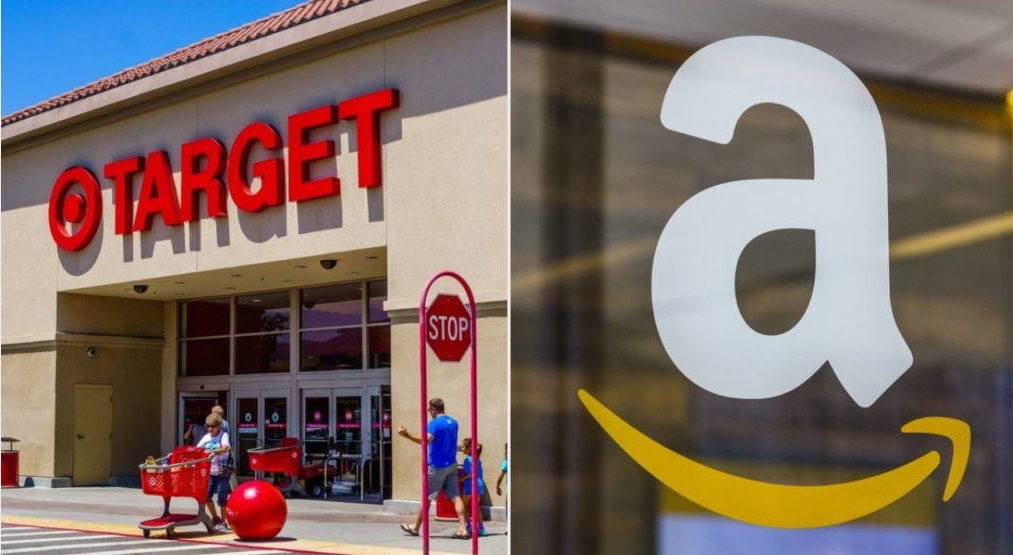Amazon unveiled its plan on Tuesday to hire a total of 250,000 workers, both full-time and part-time, for the upcoming holiday season. This announcement represents a substantial 67% increase compared to their hiring numbers from the previous year. Similarly, Target also made public its intention to bring on board nearly 100,000 seasonal employees, aligning with the figures from the year 2022.
During the high-demand holiday shopping season, Amazon usually ramps up its workforce by recruiting a large number of temporary employees. This helps the company meet the increased demand more effectively.
The number of seasonal hires for the holiday season is notably higher compared to previous years. In the previous year, Amazon announced its plans to hire 150,000 individuals to bolster its holiday workforce.
Amazon’s new hires will encompass a mix of full-time, part-time, and seasonal workers who will primarily be involved in warehouse and delivery operations. These positions will come with hourly wage rates ranging from $17 to $28. Furthermore, in select locations, the company is extending sign-on bonuses ranging from $1,000 to $3,000.
These employment announcements followed Macy’s Inc.’s statement on Monday, revealing their plan to hire over 38,000 seasonal staff members. This number is slightly lower than the 41,000 employees they had planned to hire for the 2022 holiday season.
Amazon attributed this surge in job opportunities to their opening of more than 50 new fulfillment centers, delivery stations, and same-day delivery facilities throughout the United States this year. Additionally, Amazon plans to invest a substantial $1.3 billion in wage increases for their warehouse and transportation employees, which will elevate their average hourly pay from $19 to over $20.50.
In the meantime, retailers like Amazon and Target have been enticing consumers with early holiday deals in October to pique their interest. Despite fluctuations in consumer spending throughout the year, including spikes in January, declines in February and March, and a recovery in the spring and summer, the Commerce Department reported a 0.6% uptick in retail sales in August. This increase was partially driven by rising gas prices.
Forecasts from Mastercard SpendingPulse suggest a 3.7% growth in U.S. retail sales (excluding automobiles) from November through late December. This projection marks a decline from the 7.6% growth observed in the previous year. Meanwhile, Deloitte’s report anticipates holiday sales to increase by a range of 3.5% to 4.6%.
As of the conclusion of the second quarter, Amazon, the second-largest employer in the United States after Walmart, maintained a global workforce of approximately 1.46 million employees.
(Source: Haleluya Hadero | Anne D’Innocenzio | AP | Annie Palmer | CNBC)







